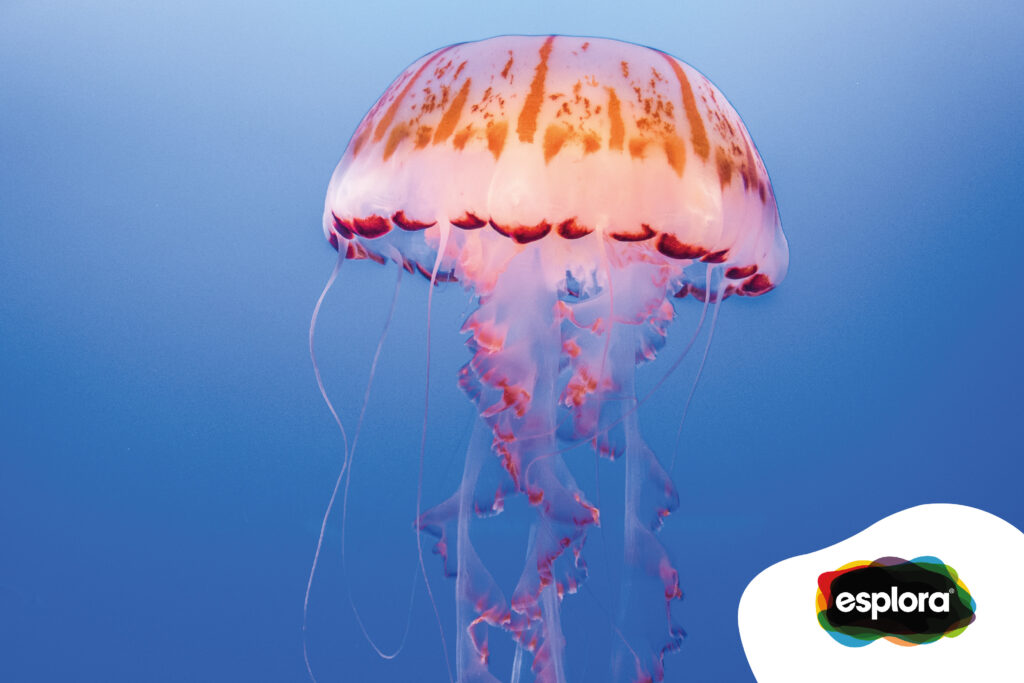Beneath the surface of our seas, a mesmerising creature floats gracefully, captivating our eyes with its beauty – the jellyfish. Adorned with delicate, transparent bodies, vibrant colours and hypnotic movements, jellyfish have enchanted many a beachgoer. However, beneath this captivating exterior lies a hidden danger – their stinging tentacles. These tentacles can deliver a nasty, painful sting, leaving you in pain for days on end and bringing a relaxing day by the beach to a sudden, unpleasant, conclusion! Let’s delve into the allure of jellyfish, their stinging mechanism and explore some species commonly found in the Maltese seas. We will also give you some tips on how to deal with their nasty sting!
Jellyfish, often referred to as ‘gelatinous drifters,’ have a unique charm that captivates anyone who takes some time to observe them. Their umbrella-like shape and flowing tentacles dance gracefully through the water, creating a stunning sight. Their transparency allows sunlight to play with their mesmerising hues, making them appear almost otherworldly.
Jellyfish are ancient creatures, having roamed the oceans for millions of years, evolving into various shapes and sizes. These underwater creatures do not have brains, hearts or eyes, while 95% of their body is made of water. Some species can be as small as a few millimetres, while others can grow to be several metres in length.
The sting
While the jellyfish’s beauty is enchanting, their stinging tentacles are a defence mechanism that should not be taken lightly. These tentacles are equipped with specialised cells called nematocysts, which release venom when they come into contact with prey or with a perceived threat. The severity of the sting can vary depending on the species and the person stung. For most people, a jellyfish sting causes localised pain, redness and swelling. However, in more severe cases, the venom can lead to an allergic reaction.
The Maltese seas are home to various jellyfish species, each with its own unique characteristics. Some commonly-found species include the Compass Jellyfish, which are recognisable by their brown markings that look like a compass, the Mauve Stinger, named for their mauve colour and nocturnal bioluminescence, and the Fried Egg Jellyfish, which is yellow in colour and literally looks like a fried egg.
What to do if you’re stung?
If you’re stung, quick and appropriate action can alleviate your discomfort. Here are some steps to follow:
With their captivating appearance, jellyfish remain enigmatic underwater creatures. By knowing how to respond if stung, we can safely coexist with these creatures and be able to admire their beauty from a safe distance. So, next time you are swimming, keep an eye out for the jellyfish and remember to admire them with caution and respect. If you would like to consult a Maltese Spot the Jellyfish website, prior to going for a swim, you can do so here – https://ocean.mt/jellyfish/public/?fbclid=IwAR3J5wfH_NDkNo6iMNBD0fDtzBoVwwCd7yH4aP_rVFobRGkVR19a1ri_MjU
